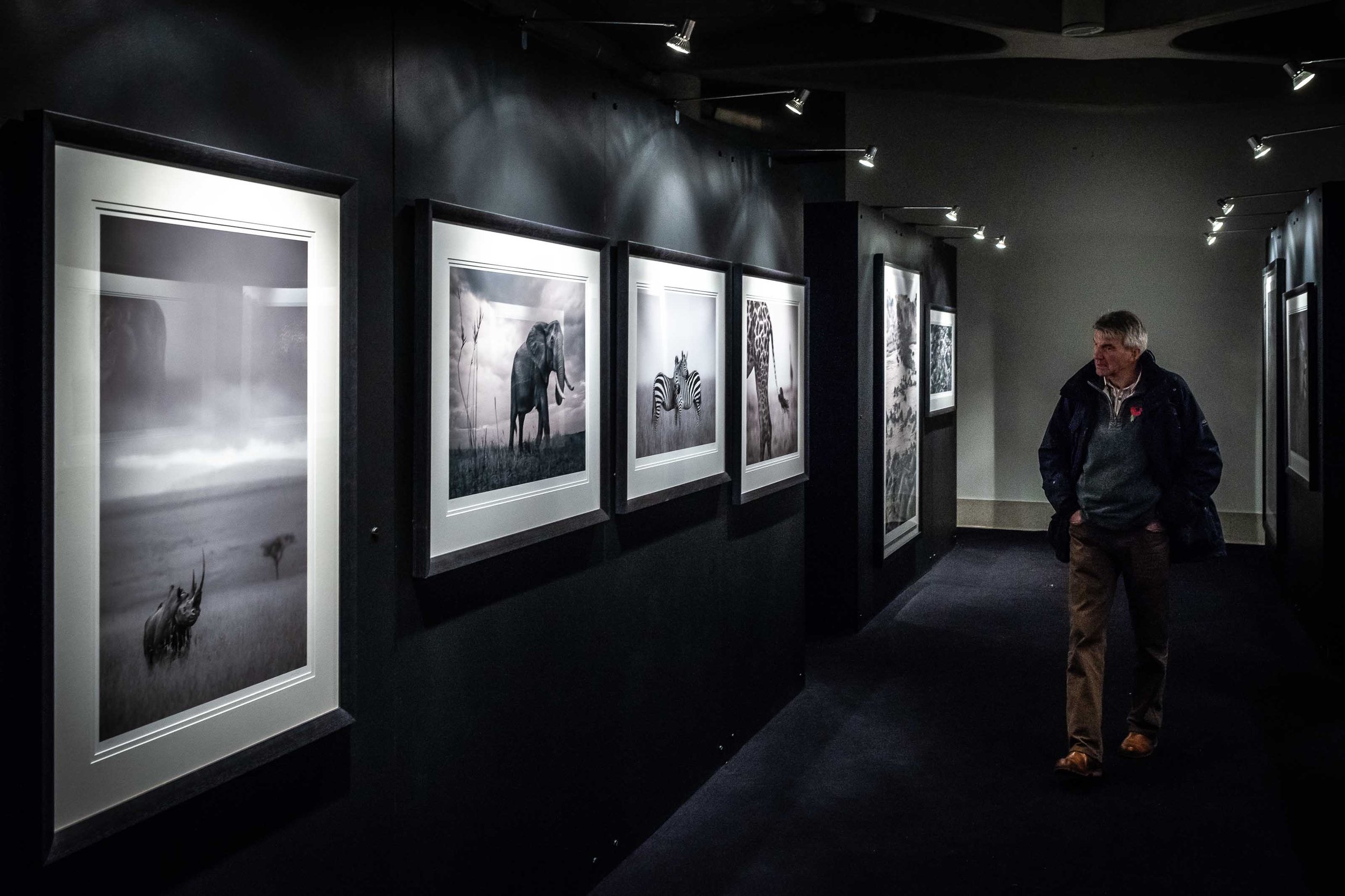In The Press: Talking Responsible Wildlife Tourism with DIYPhotography.net
A troubling scene: Dozens of safari vehicles surround a cheetah
Earlier this month, I was interviewed by journalist Alex Baker for a feature on the photography website DIYPhotography.net.
She invited me to discuss my wildlife photography, the techniques behind my award-winning images and my approach to capturing the essence of wild animals in their natural habitat.
My wildlife photography journey
As I revealed in the interview, I've spent decades photographing wildlife. Ultimately, it’s my passion for animals, particularly in Africa, India and Uganda, that drives my work.
I explained that my goal is to create fine art wildlife photographs and to capture animals as authentically as possible. As a photographer, I believe in a "less is more" approach.
This translates over to my wildlife photography gear too - I only use two cameras and a few lenses while out in the field to avoid overcomplicating the process.
Tourism’s troubling impact on wildlife
In the interview, I mentioned that I’ve witnessed troubling changes over the years, particularly in Kenya and Uganda. Over-tourism, driven largely by social media, is having a severe impact on wildlife.
I’ve seen dozens of safari vehicles surround a single big cat, for example, as shown in my photo below. This is a stark reminder of how human presence is altering these creatures' lives and their habitat, and of the impact we’re having on them. Over-familiarity with humans is, without doubt, disrupting their natural behaviours.
The need for responsible wildlife tourism
I strongly believe that responsible wildlife tourism is essential to mitigating these issues.
When I lead photo safaris and wildlife tours, I make it a priority to put the welfare of wildlife first. We follow strict guidelines to ensure that we observe animals without disturbing them or altering their environments.
The art of wildlife photography
A final thought that I shared in the interview was that, for me, photography is about patience. When photographing wildlife, it’s essential to let the scene unfold naturally.
I often share this advice with aspiring wildlife photographers: stay in one place, watch the environment, and wait. There’s magic in those moments.
Read the article in full on DIYPhotography.net
David


